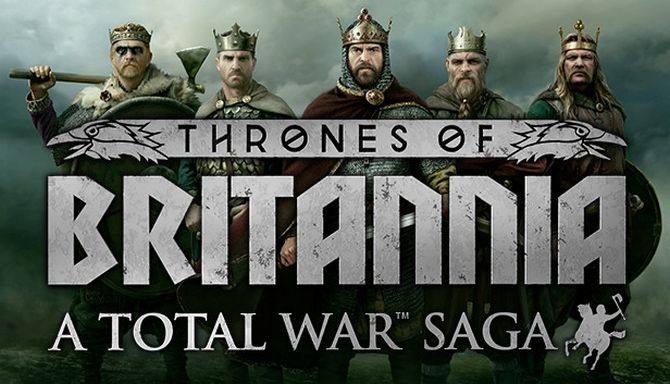Dreki - Royal Huskarls
This transport ship is light and easy to manoeuvre, but almost defenceless if attacked.The protectors of royalty adhere to their task with dedication and zeal.
For most of history the only way to move cargoes and people over long distances at any kind of reasonable speed was by water; this remained true until the invention of the railway. Trading vessels carried goods, following the coastlines for the most part, and up navigable rivers. The pattern of settlement and colonisation was almost entirely based on where ships could go. It was also considerably easier to move armies by sea than march them long distances. Trade ships were hired or requisitioned for such tasks, and this was an added incentive for generals to reach a quick conclusion to a campaign: war hurt trade, and used up ships needed for vital food supplies.
(Royal Huskarls)
Much like the Roman ‘comes’, in the Viking world there emerged a culture of heroic champions flanked by chosen companions. The ‘hirdman’ was the highest rank amongst such warriors, and in later times the rank carried with it a seat on the king’s council, enabling them to advise their rulers on non-military aspects of government. In Old Norse and Old English, the term translates to ‘household man’, originally referring to an armed retinue for a warlord but eventually morphing into ‘housecarl’ or ‘huscarl’, specifically referring to a royal guard. Following the ninth-century Danish settlement of England, huscarls also became an integral part of Anglo-Saxon armies, famously defeating their Norwegian counterparts at Stamford Bridge and protecting King Harold's body to the very last man at Hastings.
Hirdmen and huscarls were undoubtedly warriors of elite status, reflected in their superior weaponry and armour. Perhaps the most emblematic and imposing of all weapons they used was the two-handed broad axe, also known as the Dane Axe. As was the case for many who took axes into battle, it was often chosen for being a readily-available domestic tool, and it is certainly feasible that larger adaptations existed for chopping the bulkiest bits of wood. The shield-less warriors who wielded two-handed battle axes had a specialised place on the battlefield, entering the fray as part of a later wave to strike when enemy defences were down, causing skull-splitting damage to the opposition’s breached battle lines.
Unit Name Dreki - Royal Huskarls |
Main Unit Key shp_est_royal_huskarls |
Land Unit Key est_royal_huskarls |
Naval Unit Key vik_dreki |
Soldiers 100 |
Category Heavy Ship |
Class Melee Ship |
Custom Battle Cost 1100 |
Recruitment Cost 0 |
Upkeep Cost 100 |
Hull Strength |
└ Ship vik_dreki |
Speed |
Melee Skill 49 |
Melee Damage 65 |
├ Melee Weapon vik_dane_axe_elite |
├ Melee Base Damage 25 |
├ Armour-piercing Damage 40 |
├ Armour Piercing No |
├ Attack Against Cavalry 0 |
├ Attack Against Elephants 0 |
└ Attack Against Infantry 0 |
Charge Bonus 74 |
Melee Defence 49 |
├ Base Defence 49 |
├ Shield vik_none |
└ Shield 0 |
Armour 32 |
├ Armour vik_mail_heavy |
├ Armour Defence 32 |
└ Shield Armour 0 |
Health 100 |
├ Man Entity vik_inf_2h_very_heavy |
├ Man Health 100 |
└ Bonus Hit Points 0 |
Morale 54 |
Abilities
Royal Huskarls- Wedge
"Let's break their line!"
Attributes
- [[col:yellow]]Disciplined[[/col]]
This unit does not suffer a morale penalty when the general dies. It can also rally after routing more often. - [[col:yellow]]Encourage[[/col]]
This unit provides a morale bonus to nearby allies. - [[col:yellow]]Hide (forest)[[/col]]
This unit can hide in forests until enemy units get too close. - [[col:yellow]]Raider[[/col]]
This unit may set buildings on fire, cause more fire damage with torches and capture faster than other units.
Strengths & Weaknesses
No Strengths and Weaknesses


 Français
Français Italiano
Italiano Deutsch
Deutsch Español
Español Русский
Русский Čeština
Čeština Polski
Polski Türkçe
Türkçe Português (Brasil)
Português (Brasil) 한국어
한국어 简体中文
简体中文 正體中文
正體中文
